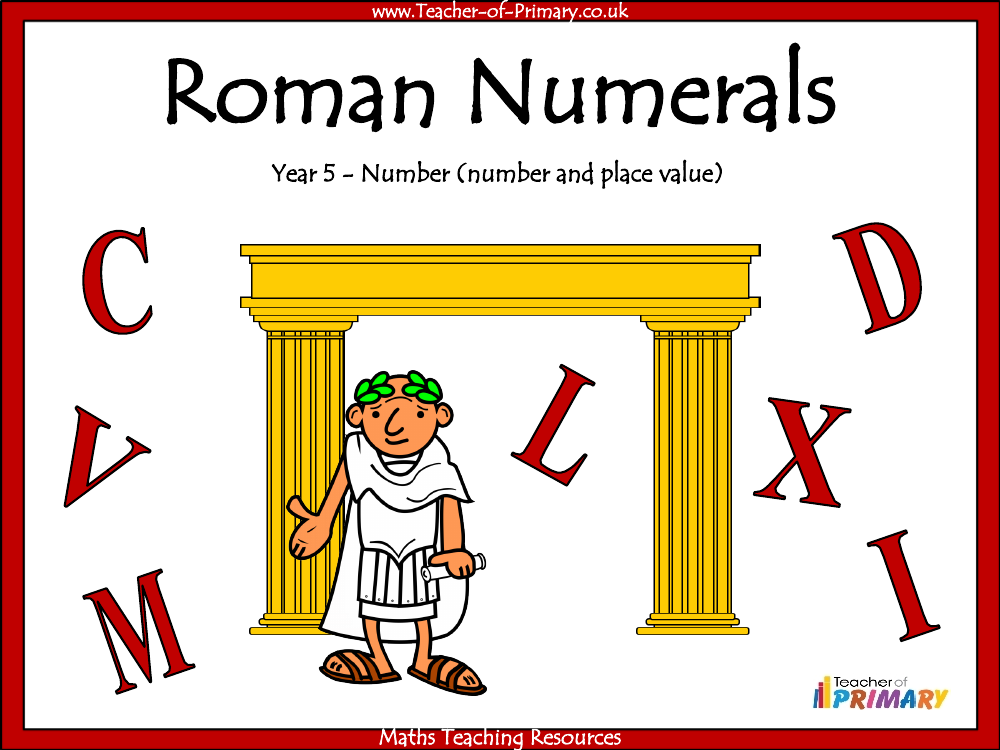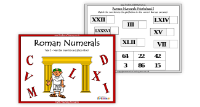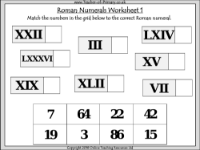Roman Numerals - PowerPoint

Maths Resource Description
The educational resource introduces Year 5 students to Roman numerals, aiming to teach them how to read and recognise these ancient symbols up to the value of 1,000, and to identify years written in this numeric system. Roman numerals are based on the Latin alphabet and are composed of specific symbols that, when combined, represent different numbers. The lesson covers the basic numerals such as I for 1, V for 5, X for 10, L for 50, C for 100, D for 500, and M for 1,000. It also explains how these symbols are used together to represent numbers, sometimes utilising subtraction, for instance, IV representing 4 as it is 1 less than 5.
The rules for writing Roman numerals are also covered, where like symbols are added together, smaller numerals following larger ones are added to the larger numeral, and smaller numerals placed before larger ones are subtracted. The lesson goes on to explain the absence of a symbol for zero and provides examples of Roman numerals for numbers 1 to 10 and 11 to 20, as well as multiples of 10. Students are shown where Roman numerals are commonly seen, such as in royal titles, film release years, and clock faces. The practical application of these lessons includes exercises where students convert numbers to Roman numerals and vice versa, and perform addition using Roman numerals. Additionally, students are encouraged to write historical dates in Roman numerals, further reinforcing their understanding and application of this number system.


